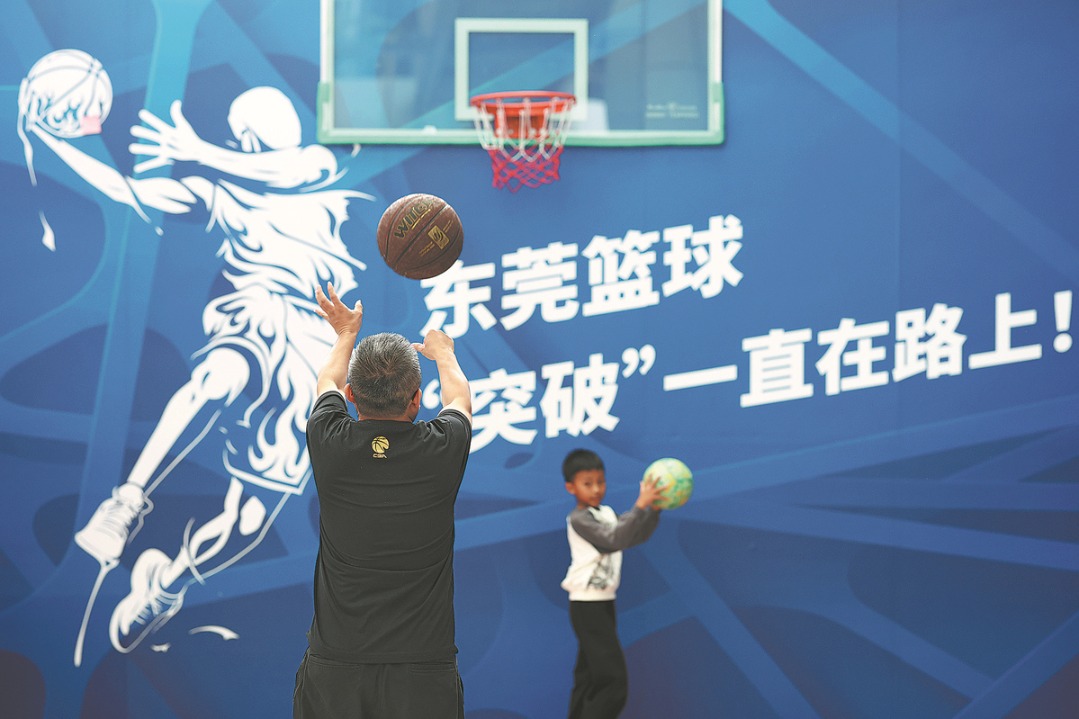Tradition beats with a modern pulse
Emerging designers reinterpret cultural heritage through innovative projects, Yang Feiyue reports.


Wang Jiayue looks slightly shy, typical of a fresh graduate.
The young designer in her early 20s recently completed her animation degree at Bournemouth University in the United Kingdom.
Last year, while searching for a turning point in her career, she found one in the "Heart of Beijing" Perfect World Campus Art Design Award competition.
"It's an international competition and calls for creative designs featuring traditional Chinese culture. I figured it would be a great testing ground for my learning and to push myself to complete a full project from start to finish," recalls Wang, originally from Northeast China's Liaoning province.
With the Year of the Snake approaching, she settled on drawing inspiration from the zodiac reptile for a serpent-themed pen.
Her first challenge was how to present the snake — often seen as fierce in traditional culture — in a gentle, auspicious way. She experimented with floral motifs and gourd patterns before settling on the lotus, creating a composition in which a serpent coils gracefully around the flower.
Wang insisted on hand-drawing the linework, believing that "hand-drawn textures carry warmth that digital lines can't replace".
Her design eventually stood out and won the people's choice prize out of hundreds of works by students from home and abroad during the "Heart of Beijing" competition that concluded on Nov 10, with an award ceremony at the historical Zhihua Temple in Beijing's Dongcheng district.
Hosted by the Dongcheng district bureau of culture and tourism and the gaming and film conglomerate Perfect World, the event celebrated outstanding achievements across several categories, including product design, international short films, and digital art.
This year's competition has continued to expand its influence, drawing entries from more than 700 universities in China and abroad, says Wang Tiefeng, head of the Dongcheng culture and tourism bureau.
"It not only continued to explore fields such as cultural and creative design and film and media, but also introduced new forms of experimentation that injected momentum into cultural inheritance and innovation," he adds.
One major addition this year was the introduction of an AIGC (AI-generated content) short video category, encouraging participation from students outside traditional design or film-related majors.
"Many participants who did not come from art or film backgrounds produced outstanding works through technology," Wang Tiefeng says.
Since its launch in 2020, the competition has attracted over 20,000 students from nearly 800 universities worldwide, including nearly 100 overseas institutions, generating more than 11,000 entries, according to the organizers.
Wang Tiefeng points out that the event is now "no longer limited to the competition itself". Instead, it has covered cultural heritage interpretation, creative design transformation, commercial incubation, and student team development.
"With more university partners, business partners and student teams joining in, high-quality cultural resources are empowered through design, achieving both cultural and commercial value," he says.
"This collective effort is contributing new strength to the building of 'Cultural Dongcheng'."
Wang Jiayue's serpent-themed pen is among more than 10 outstanding works in the creative gift track of the competition that are set to be commercialized.
Though she originally submitted a design for a cut-out bookmark, the judges saw potential for further development and suggested adapting it into a pen, now ready to enter the market.
"It felt like taking on a real freelance job — exciting, but with a lot of pressure," she recalls.
Factory feedback was blunt, certain parts of her design were unsuitable for manufacturing, and she had to troubleshoot everything from scale adjustments to pattern revisions.
When the first physical sample was finally produced, she felt she had crossed an invisible threshold.
"That was the moment I felt I had truly made something — not a school assignment, but a real product."
Another young designer, Zhang Qiao'er from Tianjin Academy of Fine Arts, says the competition has transformed her relationship with traditional culture.
The 21-year-old sophomore won a gold prize for her gift package featuring silk scarves, postcards, and folding screens that were inspired by the Palace Museum.
A digital media major, Zhang shifted from simple admiration of the landmark to a deeper interpretation of its charm.
"I studied elements of the Palace Museum, which deepened my understanding of why they existed and how to express that meaning through modern design," Zhang says.
Using AI as an exploratory tool, she refined designs manually to ensure cultural accuracy.
She also considered materials and manufacturing processes from the start, making the shift from digital concept to physical product unusually smooth.
"Seeing them in my hands felt surreal," Zhang recalls.
Gao Yang, deputy director of the cultural and creative development department at the National Art Museum of China, was impressed by Zhang's work, not only for its visual transformation of Palace Museum imagery, but also for its systematic approach.
It is not a simple collage of Palace Museum elements, he emphasizes.
"Through 17 detailed drafts that reinterpret traditional motifs, from flying eaves and decorative painting to classical garden structures, the creator translated these cultural symbols into everyday cultural-creative products," says Gao, who has served as a judge of the "Heart of Beijing" competition for three consecutive years.
This year's winning works show a noticeably more sophisticated approach to the contemporary reinterpretation of cultural symbols.
Gao believes it reflects two emerging strengths among young Chinese designers — a precise grasp of the spiritual essence of traditional culture and the confidence to express it through modern aesthetics.
"Their creativity is shifting from surface-level grafting to deeper structural reconstruction, and that shift is a direct expression of growing cultural confidence," he says.
In the AI track, Gao has observed interdisciplinary collaboration.
He still vividly remembers details of the award-winning AIGC short film Voices of the Axis that used voiceprint visualization and data-driven techniques to transform "silent" historical sounds into tactile, emotionally resonant imagery.
"Yet, technology should not replace creativity, and its role is to expand expressive possibilities," Gao emphasizes.
While AI can quickly generate stylistic variations and visual directions, he stresses that designers must focus on calibrating emotional tone and cultural logic.
In his view, the key to integrating art and technology lies in applying humanistic thinking to guide digital tools and avoiding the pitfall of innovation that is merely technical showmanship.
Yi Di, senior vice-president of Perfect World, says the competition has been aiming to make China's traditional culture resonate in contemporary life.
"Our original intention was to find new platforms and new methods to creatively transform and innovatively develop the cultural treasures hidden in museums, embodied in ancient architecture, and carried through centuries of intangible heritage," Yi says.
"Young people are the source of modern creativity. To combine that creativity with traditional culture, we need a bridge, a link, a platform," Yi adds.
Yi also highlights the competition's growing international impact.
Several award-winning works were featured earlier this year at the Beijing London Short Film Festival organized by the British Department for Business and Trade, and Oriental Odyssey Digital Art Exhibition in London, marking the event's first step onto the global stage.
"People were genuinely amazed by the power of Chinese culture — especially after it becomes digitized," Yi observes.
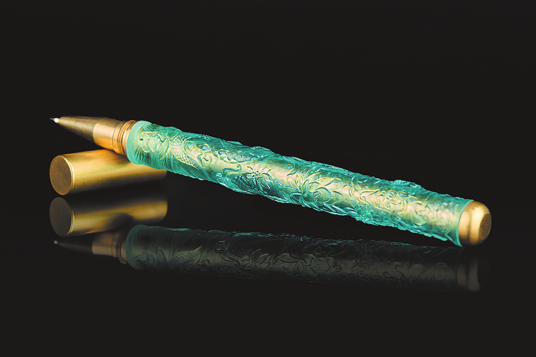
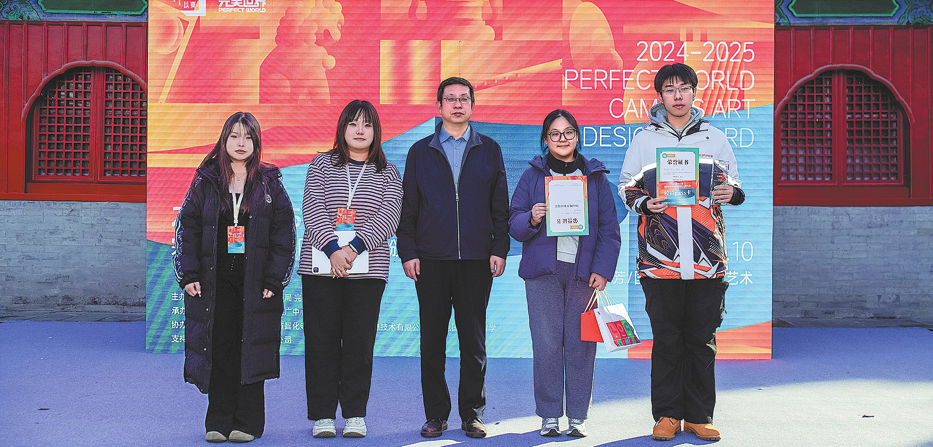
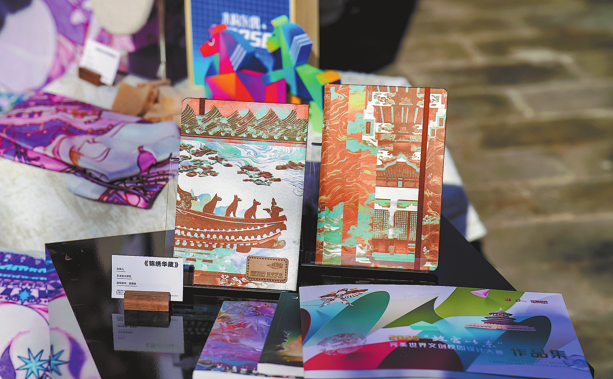
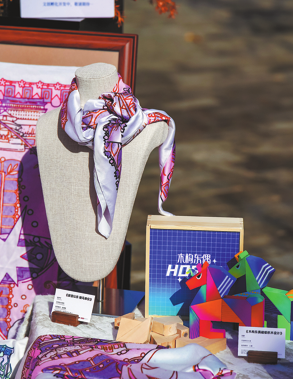
Today's Top News
- Xi calls for promoting volunteer spirit to serve national rejuvenation
- Xi chairs CPC meeting to review report on central discipline inspection
- Reunification will only make Taiwan better
- Outline of Xi's thought on strengthening military published
- Targeted action plan to unleash consumption momentum
- Separatist plans of Lai slammed




















